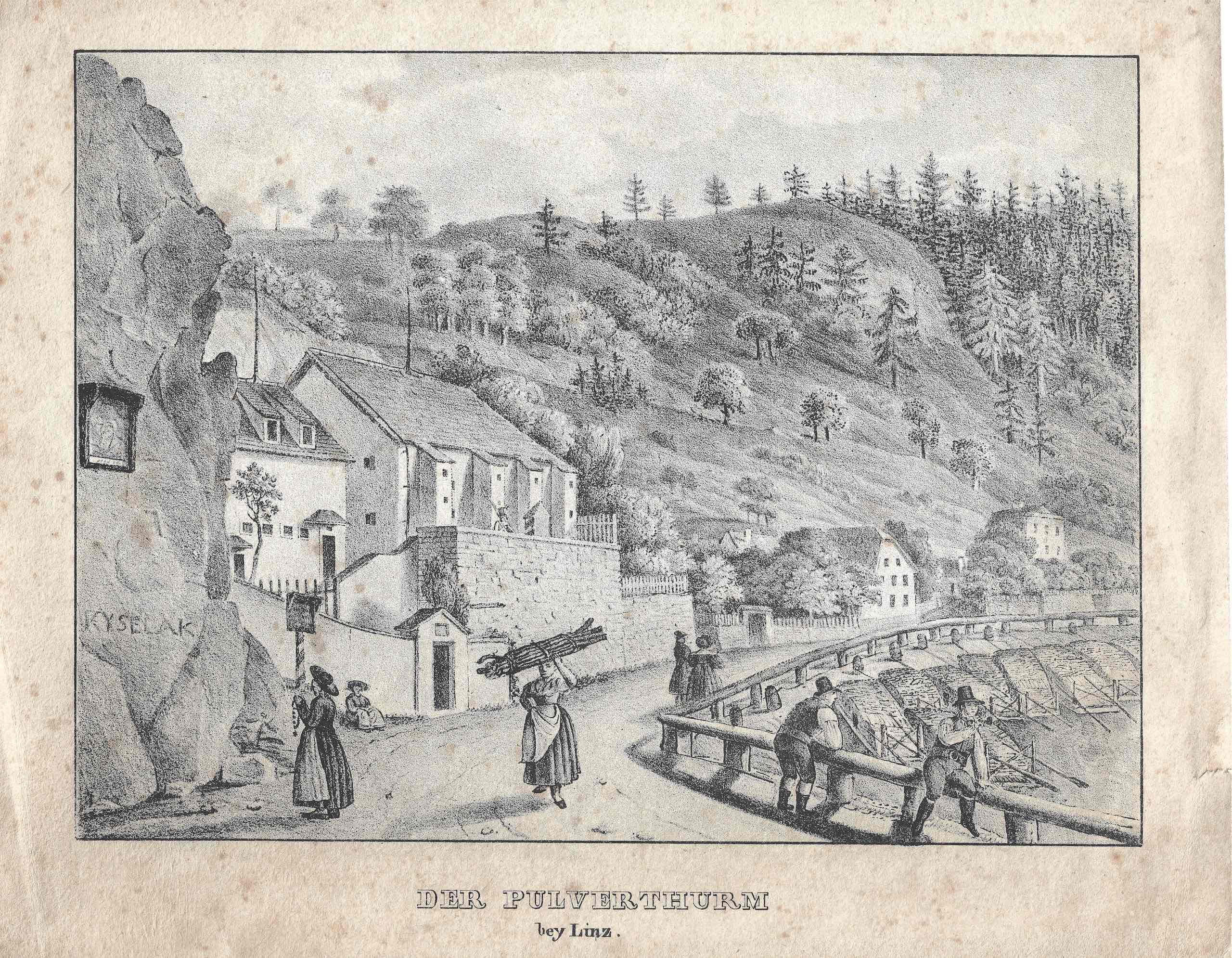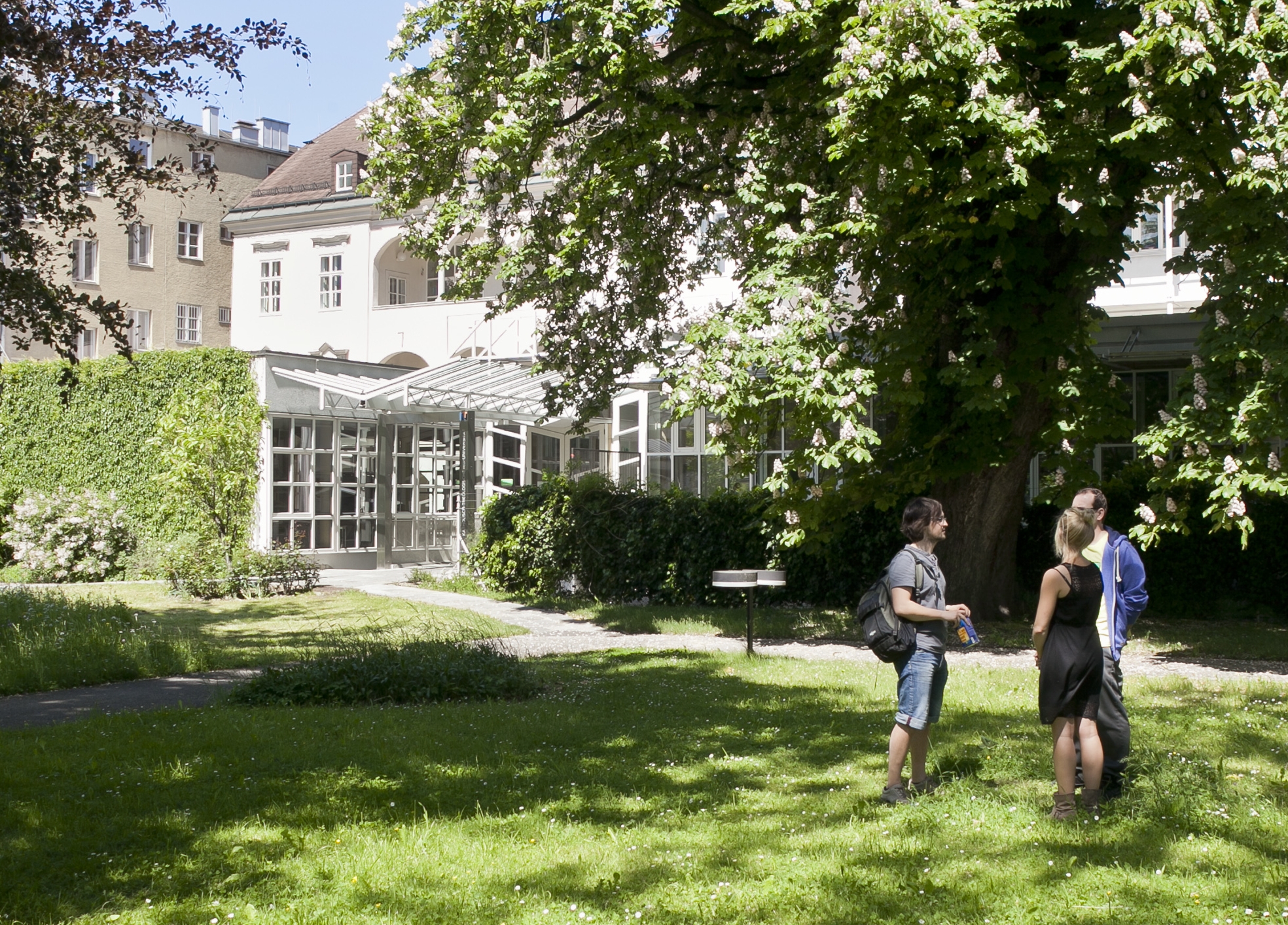THE TAG CONFERENCE | BERLIN 2017 | AMSTERDAM 2018 | COLOGNE 2019 | MODENA 2020 | BROOKLYN 2023 | HAMBURG 2023 | LINZ 2024 | EDITION | ABOUT | CONTACT

TAG:
NAME WRITING
IN PUBLIC SPACE
A CONFERENCE ABOUT TAGGING,
IN HISTORY AND TODAY
CATHOLIC PRIVATE UNIVERSITY LINZ
MAY 16 & 17, 2024
TAG:
NAME WRITING
IN PUBLIC SPACE
A CONFERENCE ABOUT TAGGING, IN HISTORY AND TODAY
CATHOLIC PRIVATE UNIVERSITY LINZ
MAY 16 & 17, 2024
CALL FOR PAPERS
The Tag Conference welcomes again scholars and independent researchers to discuss the mysteries of tagging of all eras, from historical name-writing to contemporary urban signatures.
This new instalment of our world-leading event is hosted by the Catholic Private University of Linz, Austria, located in the old city close to the Danube.
After seven years of work and two outstanding events last year in New York and Hamburg, the Tag Conference Linz 2024 provides a new and exciting opportunity to push forward the study of graffiti in its own terms.
All lectures are free and open to the public. Participation in the conference is free. The Tag Conference encourages applications from non-scholars who conduct informal or independent research on tagging of any era.


OUR POSTER BOY RETURNS
Exactly 199 years ago Joseph Kyselak passed through Linz. That famous trip took him through many European provinces and was recounted in the book he published four years later. Our poster for this conference shows a detail from the landscape of Linz as portrayed in a lithograph dated in 1837.
In celebration of this 199th year anniversary we are honoured to bring back the Austrian tagging legend and poster boy from the Tag Conference’s 2017 founding instalment at the Freie Universität in Berlin.
JUMP TO MUNICH FOR THE UNLOCK BOOK FAIR
The Unlock Book Fair is a unique international meeting for graffiti book lovers. It was founded in 2016 as the Tag Conference’s team flagship event.
A new Unlock Book Fair will take place in Munich, under three hours away from Linz, on the weekend right after the conference. Staying in Linz for the Friday night allows for an easy jump to Munich next morning without missing a bit of the action at Unlock.
Don’t miss the chance to access the cutting edge of independent graffiti publishing from across the world at Unlock’s trademark feast of graffiti books and zines. The event features a groundbreaking program of events about graffiti including talks, screenings and book launches.
ABSTRACT SUBMISSION
The call for papers is open until the 26th of February 2024. Send abstracts to thetagconference@gmail.com.
Abstracts must be under 1.500 characters long. The submission must include a brief description of the author’s research background and a few low resolution pictures (below 2MB total) illustrating the subject of study.
Abstracts must be written in English. Presentations will be delivered in English.
The list of accepted abstracts will be communicated by March 2nd, 2024. Each presentation will be allocated a slot of at least 30 minutes including Q&A.
Alternative presentation formats such as panel debates, artist discussions, photography or video will be considered.
Authors of accepted papers can choose to stay at the university’s on-site accommodations for a reduced price of 40€ per night, breakfast included. A complimentary grill dinner will be offered to all speakers on Thursday afternoon at the cozy university garden.


NAME-WRITING IN PUBLIC SPACE
Informal name-writing in public spaces is a time-honoured practice, probably as old as writing itself. From children and anonymous labourers to prominent authors, politicians or archaeologists, people of all kinds have felt the urge to symbolise their existence in a particular place and time by leaving a personal trace for other people to see.
This practice played a particularly visible role in different points in history, such as Ancient Rome and Romantic Europe. It has served as a cartographic tool and as a way to keep track of people in unexplored landscapes. It has been used as a symbolic weapon in wars. And, in the last century, it acquired unprecedented intensity and became the central feature of several fully fledged folk cultures throughout the globe.
The most sophisticated of these cultures is the graffiti tradition that developed in the subways of New York City during the 1970’s and has later become a part of the landscape of most cities worldwide. By influence of this tradition, name-writing is today generally referred to with the slang term “tagging”.
The Tag Conference aims to foster the discussion about tagging of all eras, about its nature, its meaning and its history, and about the diverse tagging traditions and cultures that exist and have existed. The conference is open to anthropologists, art historians, archaeologists, philosophers, geographers, urbanists, calligraphers, artists and other intellectuals or aficionados with an interest in the field.
TOPICS
The Tag Conference welcomes presentations about a range of topics including, but not limited to, the following.
Modern tagging cultures: Theoretical, aesthetic, historical or anthropological enquiries into tagging cultures, such as the following: The New York tagging culture and its reinterpretations throughout the world. North America’s “moniker” culture and its reinterpretations throughout the world. The “pixação” and “xarpi” cultures of Brazil. The “flechero” culture of Madrid. The “ganchos” culture of Monterrey. The “trepes” culture of Tijuana. The punk- originated tagging culture of Amsterdam. The “placasos” culture of LA street gangs and its reinterpretations in Central America.
Tagging as a calligraphic practice: The tools, materials, surfaces, methodologies and graphic references of different tagging cultures. How these elements give shape to each culture’s calligraphic styles. The design and building of customised and DIY writing tools and materials as ways to solve calligraphic problems related to surface, reach and permanence.
Tagging as a spatial and time-based practice: The series of tags as a network spread through space and time. The relation of tagging and architecture, Ferrel’s “spot theory”. Tagging as a way for the individual to relate to the built environment. Tagging as a tool for control of the territory for street gangs.
Tagging as cartographic tool and as a way to keep track of people across large expanses of territory: Daniel Boone and the tagging of North American pioneers. El Morro, Signature Rock and other traditional tagging sites in the North American colonial routes. Tagging by shepherds, early hobos, hitchhikers and other nomads.
Tagging as symbolic weapon in wars: Notorious cases such as the tomb of Tutankhamun or the Reichstag in Berlin. The case of “Kilroy was here”.
“I was here”, or tagging as a marking of a fleeting relation to a place: Tagging on mountaintops, caves or catacombs, on trees and rocks along routes and paths, on touristic spots, and on other symbolically charged places. Tagging on bus stops, surfaces next to queues in public services, in waiting rooms and public toilets, and other mundane places.
Tagging as a marking of a sustained relation to a place: Tagging in military bases and places of stationing. Tagging in prisons. Tagging in the workplace, on school desks, gym lockers and other related surfaces.
Tagging as a rite of passage: The tagging tradition of the Spanish “quintos”. The “vítores” tradition in Spanish universities. Other related traditions.
Tagging through history: Tagging in Classical times and the Middle Ages. Antonio Bosio and other Renaissance-era tagging on Roman archaeological findings, later equivalent examples. Tagging as a part of Romantic tourism.
Name-writing personalities: Enquiries into particular figures from established tagging cultures, and into outsider name-writing personalities such as Joseph Kyselak, Restif de la Bretonne, Arthur Stace “Eternity”, Tsang Tsou Choi, Peter-Ernst Eiffe, Profeta Gentileza, Pray, Al Jolson, Zhang Dali, Toniolo, Melina Riccio, Oz, @rtist and Alain Rault.
Slogan-based tagging of the 1970’s in Brazil: “Celacanto Provoca Maremoto”, “Gônha Mó Brêu”, “Hendrix Mandrake Mandrix” and related cases.
Collective tagging: Repeated writing of names of political parties and unions, political symbols and particular political slogans. Writing of names of rock bands in the 1970’s and 1980’s in Argentina, Uruguay and other places. Writing by football ultras in Italy, Germany, Poland and other places, and its confluence with graffiti in the New York tradition.
Representations of tagging: Tags as displayed in movies, record covers, comics, literature and popular culture in general, particularly before the 1970’s.
Tagging and technology: Research about tagging that uses computing technologies, databases or robotics.
The relation of tagging with other forms of public graphic identity: Tagging as a reflection of advertising and of other forms of official name-writing in public space. Baudrillard’s reading of tagging as semiological warfare. Tagging with images, from street art “bombing” (stencils, stickers, paste-ups) to the paint patches of “graffiti vigilantes”.


WHY A ‘TAG CONFERENCE’?
Graffiti is new, but it is timeless as well. Leaving one’s mark for other people to read is a fundamental human impulse, and has been more historically common than most suspect.
Yet the idea of graffiti has shifted radically in the past half century. Written names are now prominent everywhere, and graffiti has become a difficult term to make sense of.
Making sense of graffiti and tagging
The 20th century saw the birth of several graffiti traditions that went beyond the generally inconspicuous markings of previous centuries. One of those cultures originated in New York City and grew to become an international phenomenon.
This form of name-writing is by now an expected sight in most cities, to the point of becoming synonymous with the term ‘graffiti’ in most conversations. But, as scholars of history know, graffiti is a whole field of study that encompasses many other fascinating subjects.
Bringing together different research spheres
For a long time, most scholars of historical graffiti found no interest in contemporary name-writing, or could not afford to lose credibility by looking at it. Similarly, enthusiasts of contemporary graffiti have typically skipped the old graffiti books on library shelves. They simply thought it had nothing to do with them.
The Tag Conference was launched in 2017 as the place for a serious study of tagging. It was founded by insiders of contemporary graffiti, but the call was open to scholars of history as well. At that point it was clear we are all talking about the same thing, and a space had to be created for that conversation. Focusing on the written names created the perfect overlap between both research spheres.
More reasons to focus on tags
Featuring contemporary tags as a central topic is also an explicit stance for the Tag Conference.
Tags are still the maligned part of today’s graffiti, the one even appreciative observers prefer to omit. But those same tags are the foundation of the whole culture of graffiti – as well as its most fascinating part, as we hope the conference is helping to show.
Useful information from Linz Tourismus
Travelling to Linz
Leisure in Linz
‘Visit Linz’ free app
‘Linz Card’, one ticket for the entire city
Image credits
Unknown artist
Linz an der Donau. Der Pulverthurm bey Linz, c. 1840
Lithograph, 17 × 23 cm
Courtesy of Ilaria Hoppe
Franz Laudacher
Der Pulverthurm bey Linz, 1837
Watercolor, 18 × 24 cm
Photograph by Reinhard Haider
Courtesy of Nordico Stadtmuseum Linz
THE TAG CONFERENCE LINZ 2024
Director & co-founder
Javier Abarca (ES)
Host & co-founder
Dumar NovYork (US)
Scientific committee
PhD Orestis Pangalos (GR)
PhD Edward Birzin (US)
PhD Javier Abarca (ES)
Production
Ilaria Hoppe (AT)
Stage manager
Susan Hansen (UK)
The Tag Conference is part of Unlock’s ongoing international culture program of graffiti-related events

